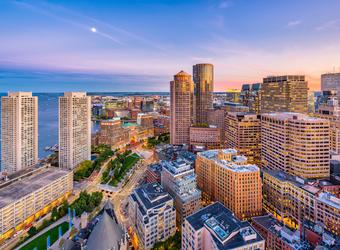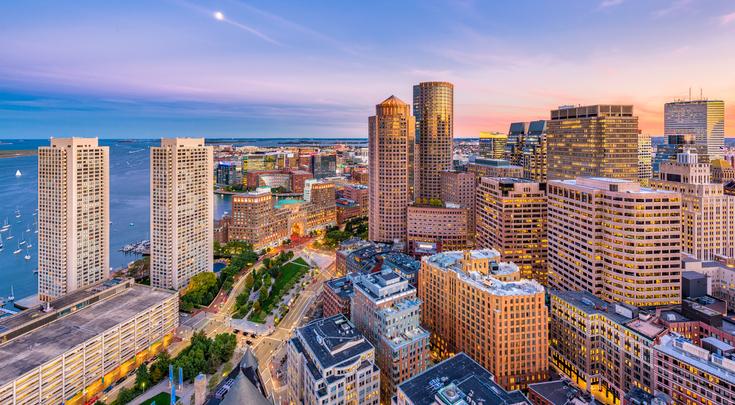Energy codes: is there a better cost-effectiveness measure for facades



To increase the stringency of model energy codes, new measures must be shown to be cost-effective. However, the definition of cost-effectiveness is too narrow.
The International Energy Conservation Code (IECC) determines cost-effectiveness for façade-related measures by calculating energy cost savings relative to the current provisions across several model building types. Because the building envelope has a long lifetime, the energy cost savings are accumulated over 40 years using a financial discount factor to provide a net present value in today’s dollars.
The IECC’s definition and method underestimates the cost-benefit of high-performance façades, slowing progress in three notable ways.
Current Costs
IECC's definition uses current costs for new measures. Typically, these costs are higher than the ones required by code: Product costs reduce due to greater economies of scale and increased competition. Installed costs are reduced, too, because the “newness” risk premium is quickly eliminated, as products and processes become business as usual and market capacity grows.
Upfront cost savings achieved through reducing HVAC system, duct sizes and floor-to-floor heights are ignored.
Upfront Savings Ignored
In contrast, for the Massachusetts Stretch Code development, a general contractor (GC) and envelope consultant were engaged to take a holistic view of the cost impact of improved envelope performance. Using market cost data provided by the GC, they assessed the upfront cost savings of implementing more stringent envelope performance from HVAC downsizing and the ongoing energy savings.
The envelope performance requirements implemented in Massachusetts are now the most stringent in the U.S. As reviewed in June's Sustainability Insights USGlass column (see June 2025 USGlass, page 10), designers typically need fenestration with a U-factor of 0.16 BTU/of.hr.ft2 for code compliance for buildings over 20,000 square feet. This compares to a prescriptive fixed fenestration U-factor requirement of 0.34 BTU/of.hr.ft2 in the 2024 IECC for climate zone 5 and less stringent thermal bridging requirements. Since the 2024 IECC has limited U.S. adoption, typically, requirements are lax, depending on the jurisdiction.
Missing Financial Benefits
Two financial benefits are not included in IECC’s cost-effectiveness calculations:
- Increased passive survivability-reducing deaths in severe heat and cold, and
- Reduced carbon emissions and lowering the risk and financial impact of severe weather events.
Our narrow view of cost-effectiveness is holding façade performance back. Taking Massachusetts’s holistic approach and incorporating anticipated at-scale costs would significantly increase façade performance requirements. Adding the impact of passive survivability and carbon emissions would further accelerate performance, improving buildings for people and the planet.

